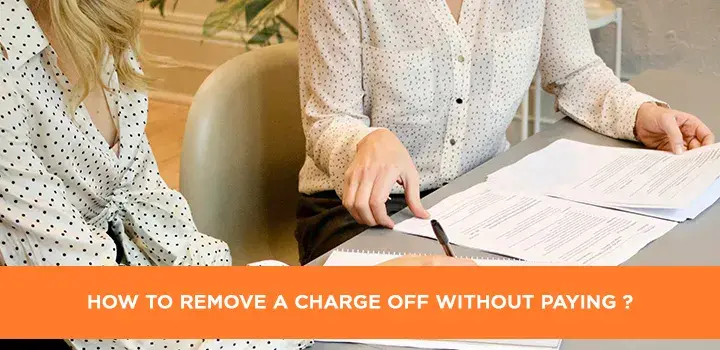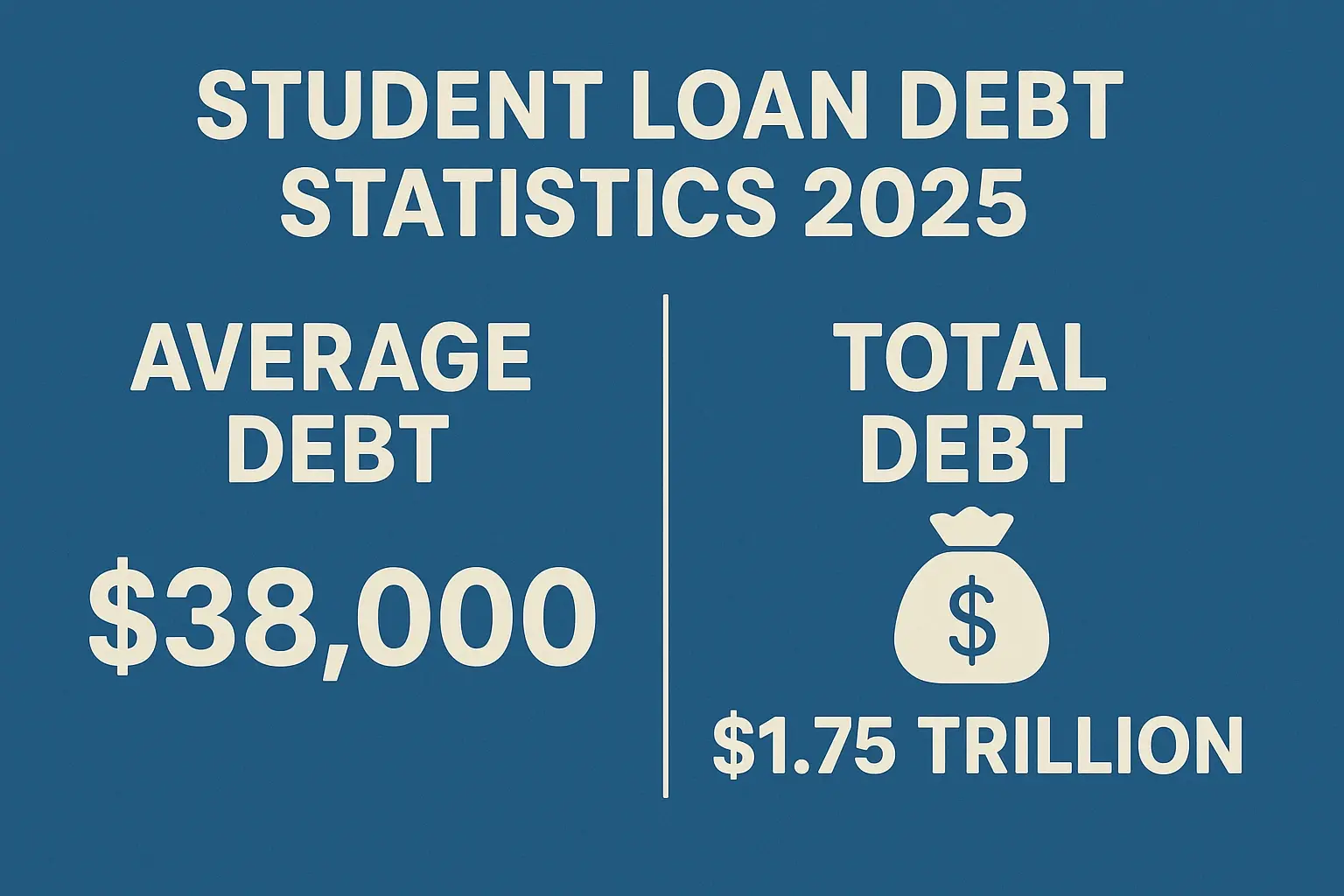-
Posted on: 30 Jan 2023

-
A charge-off is a negative mark on your credit report that can significantly impact your credit score. It occurs when a creditor deems an account uncollectible, typically after several months of non-payment. While a charge-off doesn't erase the debt, it signals to other lenders that you've had difficulty managing your financial obligations. While paying the debt is the most straightforward way to resolve the issue, this article explores potential strategies to remove a charge-off from your credit report *without* paying, while always emphasizing ethical and legal considerations.
Understanding Charge-Offs and Their Impact
Before diving into removal strategies, it's crucial to understand what a charge-off is and how it affects your credit. A charge-off is an accounting term, not a legal one. The creditor writes off the debt as a loss for tax purposes, but they can still attempt to collect it, sell it to a collection agency, or even pursue legal action (within the statute of limitations).
The Negative Impact on Your Credit Score
- Lower Credit Score: A charge-off can dramatically lower your credit score, making it harder to obtain loans, credit cards, and even rent an apartment.
- Higher Interest Rates: Even if you're approved for credit, you'll likely face higher interest rates, costing you more money in the long run.
- Difficulty Obtaining Loans: Lenders view charge-offs as a significant risk, making it difficult to secure mortgages, auto loans, and personal loans.
- Impact Lasts for Years: Charge-offs can remain on your credit report for up to seven years from the date of first delinquency (the date you first missed a payment that led to the charge-off).
Strategies to Remove a Charge Off Without Paying (Carefully Considered)
While removing a charge-off without paying is challenging, it's not impossible. These strategies require diligence, patience, and a thorough understanding of your rights under the Fair Credit Reporting Act (FCRA).
1. Dispute Inaccurate or Unverifiable Information
The Fair Credit Reporting Act (FCRA) gives you the right to dispute inaccurate or unverifiable information on your credit report. If the charge-off contains errors, you can file a dispute with the credit bureaus (Equifax, Experian, and TransUnion).
Common Inaccuracies to Look For:
- Incorrect Date of First Delinquency: This date is crucial because it determines when the charge-off will be removed from your credit report. If the date is incorrect, it could be reported for longer than it should.
- Incorrect Account Balance: Ensure the amount owed is accurate.
- Account Not Yours: If the charge-off doesn't belong to you (e.g., due to identity theft), dispute it immediately.
- Incorrect Creditor Information: Verify the name and address of the creditor are correct.
The Dispute Process:
- Obtain Your Credit Reports: Get free copies of your credit reports from AnnualCreditReport.com.
- Identify Inaccuracies: Carefully review each report for errors related to the charge-off.
- Gather Supporting Documentation: Collect any documents that support your claim of inaccuracy, such as payment records, account statements, or identity theft reports.
- Write a Dispute Letter: Send a written dispute letter to each credit bureau that contains the inaccurate information. The letter should clearly identify the error and explain why you believe it's incorrect. Include copies of your supporting documentation.
- Send by Certified Mail: Send the dispute letter by certified mail with return receipt requested to ensure the credit bureau receives it.
- Credit Bureau Investigation: The credit bureau has 30 days to investigate your dispute. They will contact the creditor to verify the information.
- Review the Results: If the credit bureau finds the information to be inaccurate, they must remove it from your credit report. If they verify the information, it will remain on your report.
Important Note: The credit bureaus often rely on the creditor's information. If the creditor insists the information is accurate, the charge-off may remain on your report, even if you believe it's incorrect.
2. Debt Validation
Debt validation is another strategy based on the FCRA. It requires the collection agency (or original creditor if they're still trying to collect) to prove that they have the legal right to collect the debt. This is different from disputing an inaccuracy; with debt validation, you're questioning the legitimacy of the debt itself.
When to Request Debt Validation:
- When a Debt Collector Contacts You: Especially if you don't recognize the debt or if it's been sold multiple times.
- When the Charge-Off Appears on Your Credit Report: Request validation to ensure the creditor can legally pursue the debt.
The Debt Validation Process:
- Send a Debt Validation Letter: Within 30 days of the initial communication from the debt collector, send a written debt validation request. This letter should clearly state that you're requesting validation of the debt.
- What to Include in the Letter:
- Your name and address
- The debt collector's name and address
- The account number (if known)
- A statement requesting validation of the debt
- A request for documentation proving the debt's validity
- The Debt Collector's Response: The debt collector must provide you with evidence that the debt is valid. This may include:
- A copy of the original contract or agreement
- Statements showing the account activity
- Proof that they own the debt (if they're a collection agency)
- What Happens If They Can't Validate: If the debt collector fails to provide adequate validation within a reasonable timeframe, they are required to stop collection efforts. They may also be required to remove the charge-off from your credit report.
Important Note: Requesting debt validation doesn't mean the debt disappears. If the debt collector can validate the debt, they can continue collection efforts.
3. Statute of Limitations
The statute of limitations is a law that sets a time limit on how long a creditor can sue you to collect a debt. The length of the statute of limitations varies by state and the type of debt. Understanding the statute of limitations is crucial, *but it's essential to remember that it doesn't erase the debt or automatically remove the charge-off from your credit report.*
How the Statute of Limitations Works:
- Time Limit on Lawsuits: If the statute of limitations has expired, the creditor can no longer sue you to collect the debt.
- Doesn't Erase the Debt: The debt still exists, and the creditor can still attempt to collect it through other means (e.g., phone calls, letters).
- Charge-Off Remains on Credit Report: The charge-off will still remain on your credit report for up to seven years from the date of first delinquency, regardless of the statute of limitations.
Reviving a Statute of Limitations:
Be extremely cautious about taking any action that could revive the statute of limitations. Actions that can revive the statute include:
- Making a Payment: Even a small payment can restart the clock.
- Acknowledging the Debt: In some states, acknowledging the debt in writing can also restart the clock.
Checking the Statute of Limitations:
Consult with an attorney or research your state's laws to determine the statute of limitations for your specific type of debt.
4. "Pay-for-Delete" (Use with Caution)
A "pay-for-delete" agreement involves negotiating with the creditor or collection agency to remove the charge-off from your credit report in exchange for payment. *However, it's important to understand that pay-for-delete agreements are becoming increasingly rare, and many creditors are unwilling to enter into them.*
How Pay-for-Delete Works (If Possible):
- Contact the Creditor: Reach out to the creditor or collection agency and propose a pay-for-delete agreement.
- Negotiate the Terms: Negotiate the amount you're willing to pay and the terms of the agreement. Get the agreement in writing BEFORE making ANY payment.
- Get It in Writing: *This is crucial.* Ensure the agreement is in writing and clearly states that the creditor will remove the charge-off from your credit report upon receipt of payment.
- Make the Payment: Once you have a written agreement, make the payment as agreed.
- Monitor Your Credit Report: Check your credit report after a few weeks to ensure the charge-off has been removed. If it hasn't, contact the creditor and remind them of the agreement.
Risks of Pay-for-Delete:
- Creditor May Not Honor the Agreement: Even with a written agreement, the creditor may not remove the charge-off.
- Payment May Not Improve Your Score: Paying a debt, even if the charge-off remains, can sometimes have a positive impact on your credit score over time. However, it's not guaranteed.
- May Restart the Statute of Limitations: Making a payment could restart the statute of limitations in some states.
Important Note: If you're considering a pay-for-delete agreement, proceed with extreme caution and get everything in writing before making any payments. Be prepared for the creditor to refuse.
5. Goodwill Letter (Low Probability, but Worth a Try)
A goodwill letter is a heartfelt appeal to the creditor, explaining the circumstances that led to the charge-off and asking them to remove it from your credit report as an act of goodwill. This strategy is most effective if you have a strong payment history with the creditor before the charge-off and if you can demonstrate that the circumstances were beyond your control (e.g., job loss, medical emergency).
When to Send a Goodwill Letter:
- After Paying the Debt: This shows you've taken responsibility for your financial obligations.
- If You Have a Long-Standing Relationship with the Creditor: They may be more willing to consider your request.
Writing an Effective Goodwill Letter:
- Be Sincere and Apologetic: Express remorse for the late payments and explain the circumstances that led to the charge-off.
- Take Responsibility: Acknowledge your role in the situation and demonstrate that you've learned from the experience.
- Highlight Your Positive Payment History: Emphasize your strong payment history before the charge-off.
- Explain How Removing the Charge-Off Would Help You: Explain how removing the charge-off would improve your credit score and help you achieve your financial goals.
- Keep It Concise and Professional: Avoid being overly emotional or making excuses.
Important Note: The success rate of goodwill letters is low, but it's worth a try, especially if you have a compelling reason for the charge-off and a strong payment history.
The Importance of Maintaining Good Credit Habits
While these strategies may help remove a charge-off from your credit report, it's crucial to maintain good credit habits to prevent future negative marks. This includes:
- Paying Your Bills on Time: Set up automatic payments or reminders to ensure you never miss a due date.
- Keeping Your Credit Utilization Low: Aim to use less than 30% of your available credit.
- Monitoring Your Credit Report Regularly: Check your credit report regularly for errors or signs of identity theft.
- Avoiding Unnecessary Debt: Only borrow what you can afford to repay.




